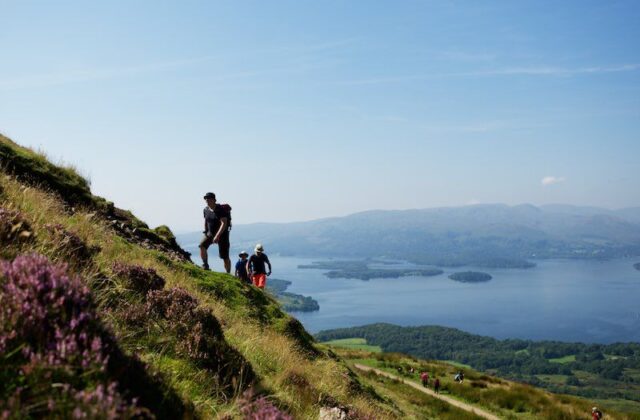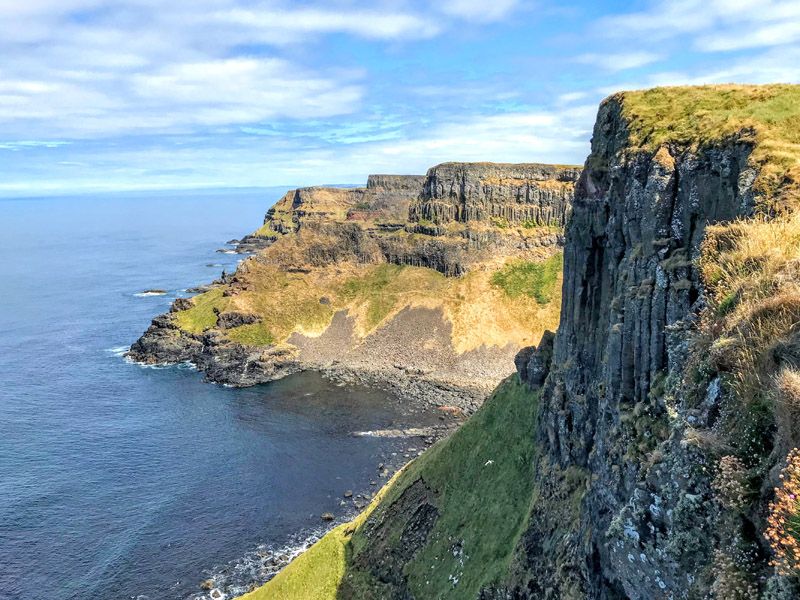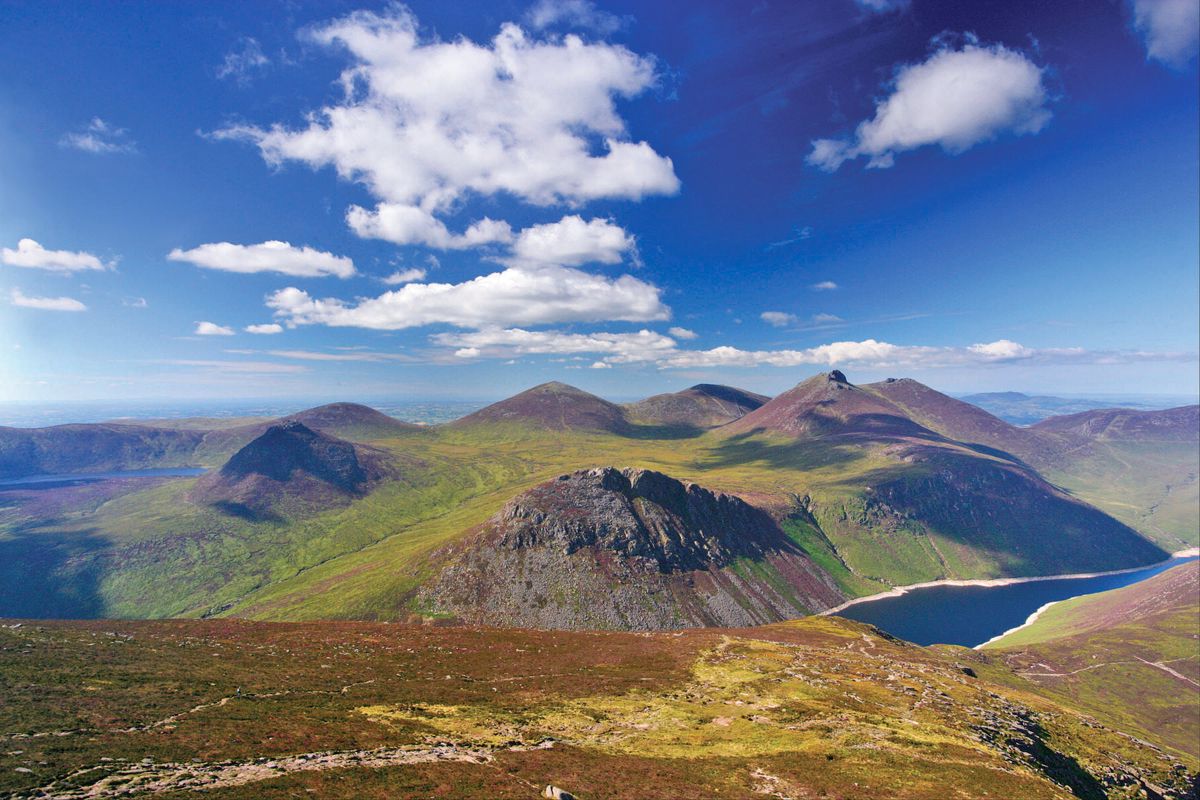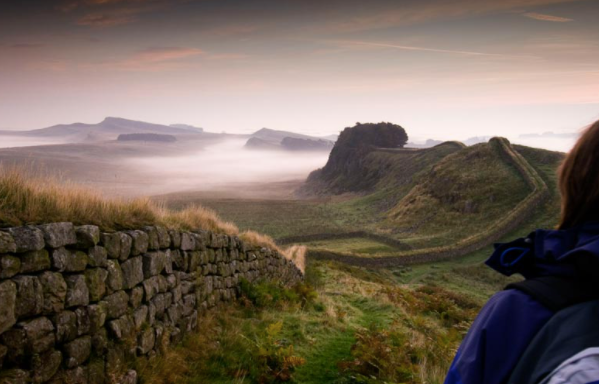Wilderness Group Announces Carbon Labeling on All Trip Itineraries

Aviemore, Scotland. November 29, 2021 – The tourism industry has a significant carbon footprint – before 2020 it accounted for eight percent of the world’s total greenhouse gas emissions. The Wilderness Group believes in the transformational power of tourism, and the truly positive impact it can have on individuals, communities, and the planet.
The award-winning adventure travel group is thrilled to announce that all 156 itineraries across Wilderness Ireland, Wilderness Scotland, and Wilderness England, will now include Carbon Labeling, providing guests with rigorous calculations and true transparency of the carbon impact when they travel, helping adventurers make more informed decisions on where and how to travel.

Through their work with the carbon consultancy eCollective, The Wilderness Group have developed one of the world’s first carbon labelling schemes for travel. Like reading the nutritional information on a box of cereal, each itinerary now has a carbon label, or score, indicating the amount of kilogrammes of carbon attributed to each trip, with an average of 142kg CO2e per traveler per trip across the whole business (compare this with a week at a Maldives resort, 603kg CO2e, or a Caribbean cruise, which is 445kg CO2e per day!) These labels were determined based on an analysis of the carbon footprint of over 5,000 services such as food, accommodation, transport, and activities.
“We want to help consumers make better travel choices,” says Paul Easto, CEO and Founder of The Wilderness Group. “We’re calling on the travel and tourism industry to make such carbon labels standard; viewable alongside the price and dates of a holiday. With this information we’re confident that consumers will ultimately be empowered to make more sustainable travel choices.”

This project is integral to the Wilderness Group’s efforts to reach ‘true net zero’ by 2030. This will involve a 90% reduction in emissions over the next decade alongside long-term investment in carbon removal with charity Trees for Life on its Highland estate. In addition, the Wilderness Group will continue their work with local rewilding, wildlife and conservation charities through their Conservation Contribution Scheme.
Over the next decade, the Wilderness Group’s carbon reduction strategy will involve complete electrification of their vehicle fleet, deeper partnerships with low carbon accommodation and restaurants, and innovative product design to further reduce the carbon footprint of its itineraries.
Here is a sample of The Wilderness Group departures with below average carbon scores:
Hiking Northern Ireland Coast & Glens – Carbon Footprint 135kg

This new for 2022 small group guided tour explores the beauty of Northern Ireland, from iconic sites along the Causeway Coast to hidden gems within the Mountains of Mourne. Accompanied by a local guide, guests will explore the wild coasts, cliffs, mountains and glens of Northern Ireland, dig into local history and folklore such as the story of the giant Fionn MacCool who is credited with building the famed Giant’s Causeway, and enjoy some of this new foodie region’s tastiest eateries.
Trip Highlights:
- Spend two days exploring the fascinating and dramatic Mourne Mountains.
- Walk along the Giant’s Causeway and beautiful sections of the Causeway Coast Way.
- Discover the mythical Glens of Antrim.
Wilderness Walking the West Highland Way – Carbon Footprint 129kg

The West Highland Way is one of the world’s best walks. This ever-popular classic long-distance trek covers over 95 miles (152km) from Milngavie on the outskirts of Glasgow to Fort William in the Highlands. The route travels along the ‘bonnie banks’ of Loch Lomond, across the atmospheric Rannoch Moor, past dramatic Glencoe and over the high pass of the Devil’s Staircase before finishing in the town of Fort William, nestled at the foot of Britain’s highest mountain, Ben Nevis.
Trip Highlights:
- Take on the challenge of Scotland’s most famous and one of the world’s greatest long distance trails – the West Highland Way.
- Immerse yourself in the spectacular scenery as you walk through the beautiful landscapes of Loch Lomond, Rannoch Moor and Glencoe.
- With the knowledge and experience of an expert guide, learn about the area’s history and legends, as well as the flora and fauna along the route.
Self Guided Hadrian’s Wall Path – Carbon Footprint 76kg

On this classic self-guided long-distance trail, travelers will be immersed in the varied scenery of northern England. They’ll journey across the country on foot through the rich, rolling landscape visiting the remnants of forts and milecastles while soaking up the fascinating history of this ancient Roman monument. Including curated hikes from inn to inn, travelers will stay in charming villages and on working farms, all the while enjoying a warm welcome and wonderful local food. With luggage transferred from one accommodation to the next each day and route notes and maps provided, travelers can relax and enjoy their adventures at their own pace while following in the footsteps of Roman Legions.
Trip Highlights:
- Walk from coast to coast on the first national trail to be designated a UNESCO World Heritage Site.
- Enjoy the changing scenery on this beautiful point-to-point long distance trail.
- Soak in ancient Roman history as you explore fascinating and well-preserved sites.
- Easy navigation with a well signposted trail and full route notes and maps provided.
For more information on the Wilderness Group please visit wildernessgroup.co.uk, or call 1-844-235-6240.
 Travel Dreams Magazine
Travel Dreams Magazine